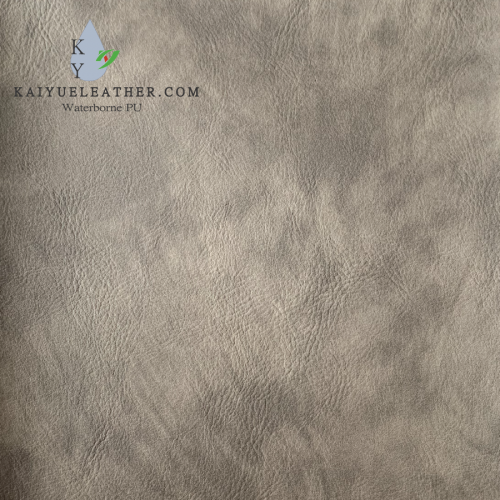The “List of Pollution Discharge Permits” clarifies the implementation of pollutant discharge in accordance with the “Law of the People’s Republic of China on Air Pollution Prevention and Control”, the “People’s Republic of China Water Pollution Prevention and Control Law” and other legal provisions and the “Notice of the General Office of the State Council on Issuing the Implementation Plan for the Control of Pollutant Emissions The scope of the license management industry, the progress according to the industry, the final time limit for the sewage unit to hold the sewage and the requirements for the classification management of the sewage permit.
According to the “Notice of the General Office of the State Council on Printing and Issuing the Implementation Plan for Controlling Pollutant Discharge Permits”, the basic basis for the implementation of differentiated management of pollutant discharge permits is the amount of pollutant generation, emissions and environmental hazards of enterprises, institutions, and other production operators different. For example, petrochemical, thermal power, and other highly polluting industries are subject to key management; glass products, paper products, and other lightly polluting industries are subject to simplified management; for furniture manufacturing that uses water-based paint, which does not produce pollution, no pollution permit is issued.
The “List of Discharge Permits” carries out key management of discharge permits in 44 industries of all 82 industries (including 4 common processes) and simplified management of 8 industries according to the amount of pollutants generated, the amount of emissions, and the degree of environmental hazards, 30 Each industry is divided into key management and simplified management according to production process characteristics or production scale. The list clearly stipulates that the use of oily paints requires the application of a “sewage permit”!
With the tightening of national environmental protection standards, why does water-based paint get “special treatment”-it is not necessary to issue sewage permits for furniture manufacturing using water-based paint?
In fact, the widespread use of waterborne wood coatings with lower VOC emissions in the furniture industry has become a trend, which also makes waterborne paints the focus of consumers again.
Since water-based furniture paints use water instead of organic solvents, all the water volatilized during film formation will not cause any harm to the human body. Therefore, the most essential difference between water-based paint furniture and traditional paint (oil paint) furniture is environmental protection and impact on human health.

1. Environmental protection
The most essential difference between water-based paints and oil-based paints is the selection of solvents. Water-based paints use water as a thinner. Oil-based paints use organic solvents. These organic solvents are generally harmful to the human body, polluting the atmosphere and flammable. Solvents, and will evaporate into the air when the film is formed, so the so-called threat to health will be generated. And these harmful substances will not evaporate completely in a short time, such as formaldehyde, it may take 5 to 10 years to completely evaporate cleanly. Therefore, the damage of these organic solvents to the human body becomes a long-term behavior.
Water-based wood lacquers use water instead of organic solvents, so all the water that evaporates during film formation is no pollution to the environment.
2. Quick drying
The high-quality water-based paint uses a new generation of water-based resin, which greatly improves the physical performance index on the basis of the original water-based polyurethane paint.
3. High hardness
The hardness exceeds the 2H mark, and the fullness is high, the paint film is delicate and smooth, especially when used in solid wood doors, furniture, cabinets and other solid wood materials can fully show the natural texture and texture of wood, and even The effect of “seeing wood but not lacquer”, which is unique to high-end household items that cannot be produced with oil-based paints, makes oil-based paints unmatched.
4. Flexibility
The paint film of water-based paint products has unique flexibility, can withstand the ravages of sunlight and ultraviolet rays, and solves the shortcomings of easy cracking of oil paint films. In addition, the water-based paints for soft substrates have high flexibility, high elasticity, and there is no problem with folding and bending. These are unachievable with oil paints.
5. The paint film is not yellow and easy to repair
The organic chemical composition contained in the oil-based paint determines its physical properties. The yellowing of the paint film is the fact that it cannot be changed, and the longer the paint film is, the thinner it will even disappear. The non-yellowing performance of water-based paint has also withstood the severe test of time and market. In continuous innovation, water-based paint has achieved better results.
The paint film of oil-based paint is hard and brittle, and it is not easy to repair after damage, and water-based paint solves this problem, and the repair problem is easily solved.
6. High transparency
The water-based paint color paint and color correction system use water-based transparent color concentrate, and its products are pure water-based, while most of the water-based paints on the market use water-oil universal transparent color concentrate, which has the disadvantage of poor colorability. Poor transparency, and a pungent odor like oily color concentrate, while water-based color concentrate is non-toxic and odorless, evenly colored, with extremely high transparency, about three times the transparency of oily, water-oil universal type.
7. Paint coating effect
The research and development of Shui Lisi and color repair liquid has successfully changed the pattern of water-based furniture paints on the market that can only be used for clearing and clearing or simple paints, so that water-based furniture paints are used in American coating, open paint and antique The craftsmanship aspect has been brought into full play.